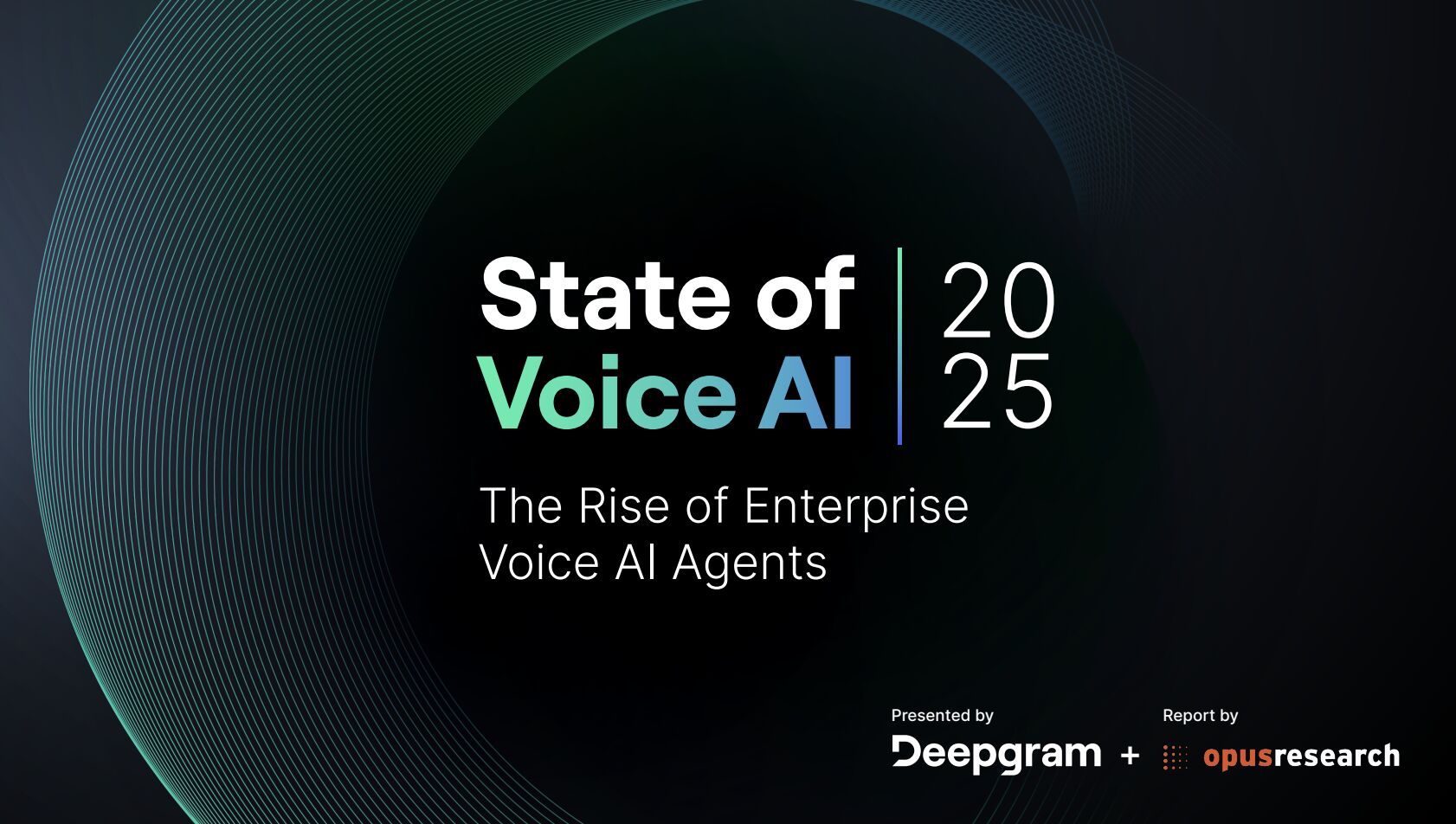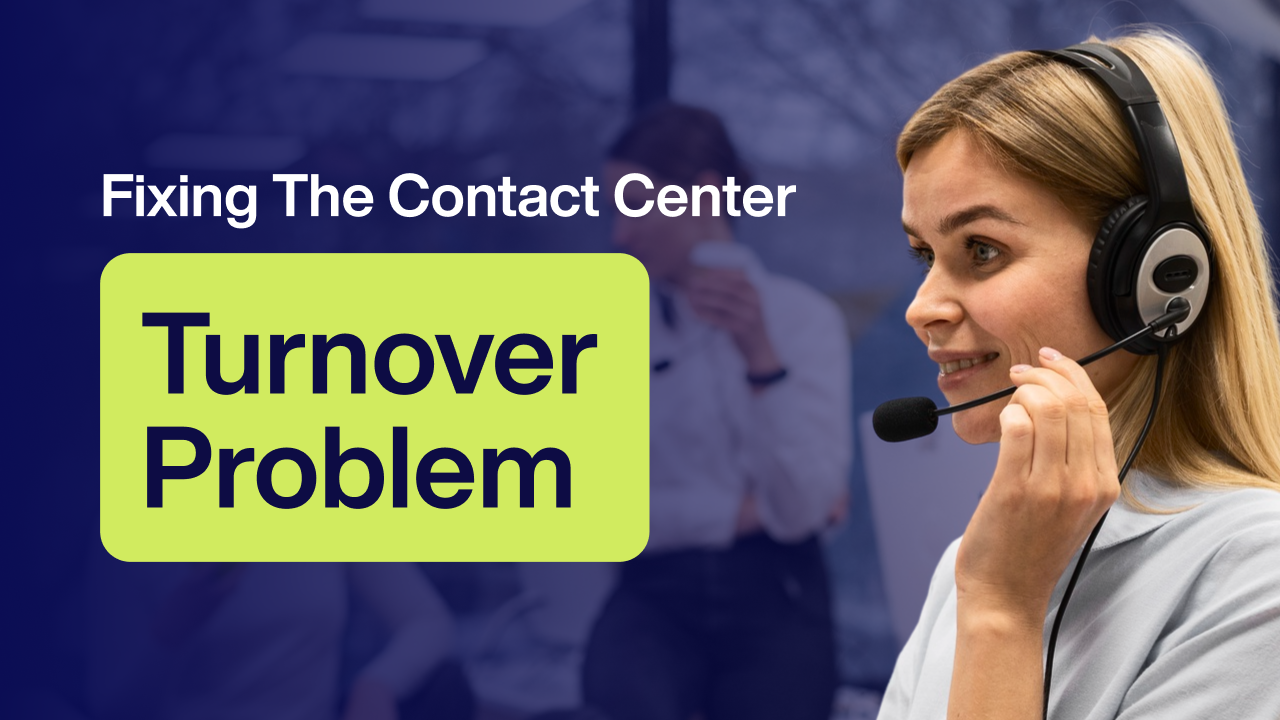Diversifying Funding Streams: Leveraging AI to Secure Private and Foundation Grants Amidst Medicaid Funding Challenges

Introduction: Navigating Financial Constraints with Innovative Solutions
Federally Qualified Health Centers (FQHCs) are at a critical juncture. With Medicaid funding remaining stagnant and operational costs escalating, these centers face the challenge of maintaining financial viability while continuing to serve vulnerable populations. One promising avenue is expanding outreach to Medicare beneficiaries and dual-eligible individuals—those eligible for both Medicare and Medicaid.
Dual-eligibles, comprising approximately 20% of Medicare enrollees, account for a disproportionate share of healthcare expenditures due to complex health needs. By effectively engaging this demographic, FQHCs can diversify their payer mix, enhance care coordination, and improve health outcomes. Leveraging artificial intelligence (AI) technologies can further streamline operations, personalize patient engagement, and optimize resource allocation.
1: AI-Driven Grant Discovery and Matching
The first step in securing private and foundation grants is identifying opportunities that align with an organization's mission and capabilities. AI-powered platforms like Instrumentl and Grantboost have revolutionized this process by automating the search and matching of grant opportunities.grantboost.io+5WSJ+5Instrumentl+5
Process: These platforms utilize machine learning algorithms to analyze an organization's profile, past funding history, and programmatic focus areas. By processing vast databases of grant opportunities, AI can identify and recommend grants that closely match the organization's objectives and eligibility criteria.linkenite.com
Product: Instrumentl, for instance, offers a comprehensive grant discovery and management platform that uses AI to match nonprofits with suitable funding opportunities. The platform's AI capabilities extend to extracting actionable data from award letters, streamlining grant management processes .Instrumentl+2WSJ+2Instrumentl+2
People: Staff members can leverage these AI tools to save time and focus on crafting compelling narratives for grant proposals. By automating the initial stages of grant discovery, organizations can allocate more resources to strategic planning and relationship-building with potential funders.
2: Enhancing Proposal Development with AI
Once suitable grant opportunities are identified, the next challenge lies in developing persuasive proposals. AI tools can significantly enhance this process by assisting in drafting, editing, and optimizing grant applications.Department<br>of Medicine+8grantboost.io+8grantboost.io+8
Process: AI can analyze successful grant applications to identify common elements and effective language patterns. By learning from these examples, AI can suggest improvements to draft proposals, ensuring they meet funders' expectations and stand out in competitive pools.
Product: Grantable is an AI-powered grant writing platform designed specifically for nonprofits. It streamlines the proposal development process by integrating content, criteria, and collaboration tools, allowing teams to generate high-quality proposals efficiently .givemomentum.com+2grantable.co+2grantboost.io+2
People: While AI can handle repetitive and time-consuming tasks, human oversight remains crucial. Grant writers and program staff must review AI-generated content to ensure accuracy, authenticity, and alignment with the organization's voice and mission.
3: Real-World Applications and Outcomes
Several organizations have successfully integrated AI into their grant-seeking processes, resulting in increased efficiency and funding success.
Case Study 1: Oak Orchard Health's AI Integration
Oak Orchard Health, serving over 30,000 patients in western New York, adopted a suite of AI tools from eClinicalWorks, including Sunoh.ai, to enhance clinical documentation and patient engagement. The integration led to real-time note completion, reduced provider burnout, and improved front desk efficiency. These advancements contributed to better patient experiences and positioned the center to attract a broader payer mix.
Case Study 2: Urban Health Plan's No-Show Reduction
Urban Health Plan in New York City implemented AI solutions to address high patient no-show rates. Within three months, the center experienced a significant reduction in missed appointments, enhancing operational efficiency and revenue. This improvement made the center more appealing to commercially insured patients seeking reliable care access.
These examples illustrate the tangible benefits of integrating AI into healthcare operations, from improving patient engagement to enhancing financial sustainability.
Conclusion: Embracing AI for a Diversified Future
In an era of constrained resources and evolving healthcare needs, leveraging AI for data analytics is not just advantageous—it is essential. By harnessing the power of AI to identify high-need zip codes and optimize service lines, healthcare providers can make data-driven decisions that enhance care delivery, promote health equity, and ensure financial sustainability.
Healthcare leaders are encouraged to invest in AI-driven analytics tools to proactively identify and address high-opportunity areas. By doing so, they can ensure that their organizations are well-equipped to meet the evolving needs of their communities and thrive in a challenging healthcare landscape.
No Spam —
Just Good Stuff.
Join our newsletter for actionable advice, insider knowledge, and strategies that drive real results.
No fluff, just value.
%20(1).png)

.png)
































































.png)
.png)
.png)



.png)
.png)
.png)
.png)
.png)
.png)
.png)
.png)
.png)
.png)
.png)
.png)
.png)
.png)
.png)
.png)












